Designing the Indecipherable: The Voynich Manuscript
Peter M. Blaiwas —
The Absolutely Unique Challenges of Publishing the Voynich Manuscript Fascsimile Book
In 2014, Yale University Press approached Wordesign Services to copyedit, design, and produce a facsimile edition of the Voynich Manuscript, a very old, mysterious, beautifully illustrated text. The book would include the first full-size reproduction of the entire manuscript, along with a collection of essays that explore the manuscript from different perspectives.
Occasionally I find it difficult to understand the complex subject matter of a book that Wordesign has been commissioned to produce, so I took heart in learning that, in this case, I was not alone. The Voynich Manuscript contains more than 200 parchment pages filled with densely packed, beautiful calligraphy intertwined with brightly colored botanic illustrations; tiny, meandering human figures; and convoluted, symmetrical designs. A wealth of information is contained in this roughly six-by-nine-inch book, but neither its language (affectionately referred to as “Voynichese”) nor its enigmatic illustrations have ever been deciphered.
Scientific analysis of its physical properties dates the manuscript’s creation to the late 15th century. Its history includes centuries of intrigue, subterfuge, political upheavals, and deception, which brought it to its namesake, the rare books dealer Wilfrid Michael Voynich, at the start of the 20th century. Unable—or unwilling—to sell the strange manuscript in his lifetime, it became part of his estate, later to be sold to another dealer, who ultimately gave it to Yale University’s Beinecke Rare Book and Manuscript Library in 1969.
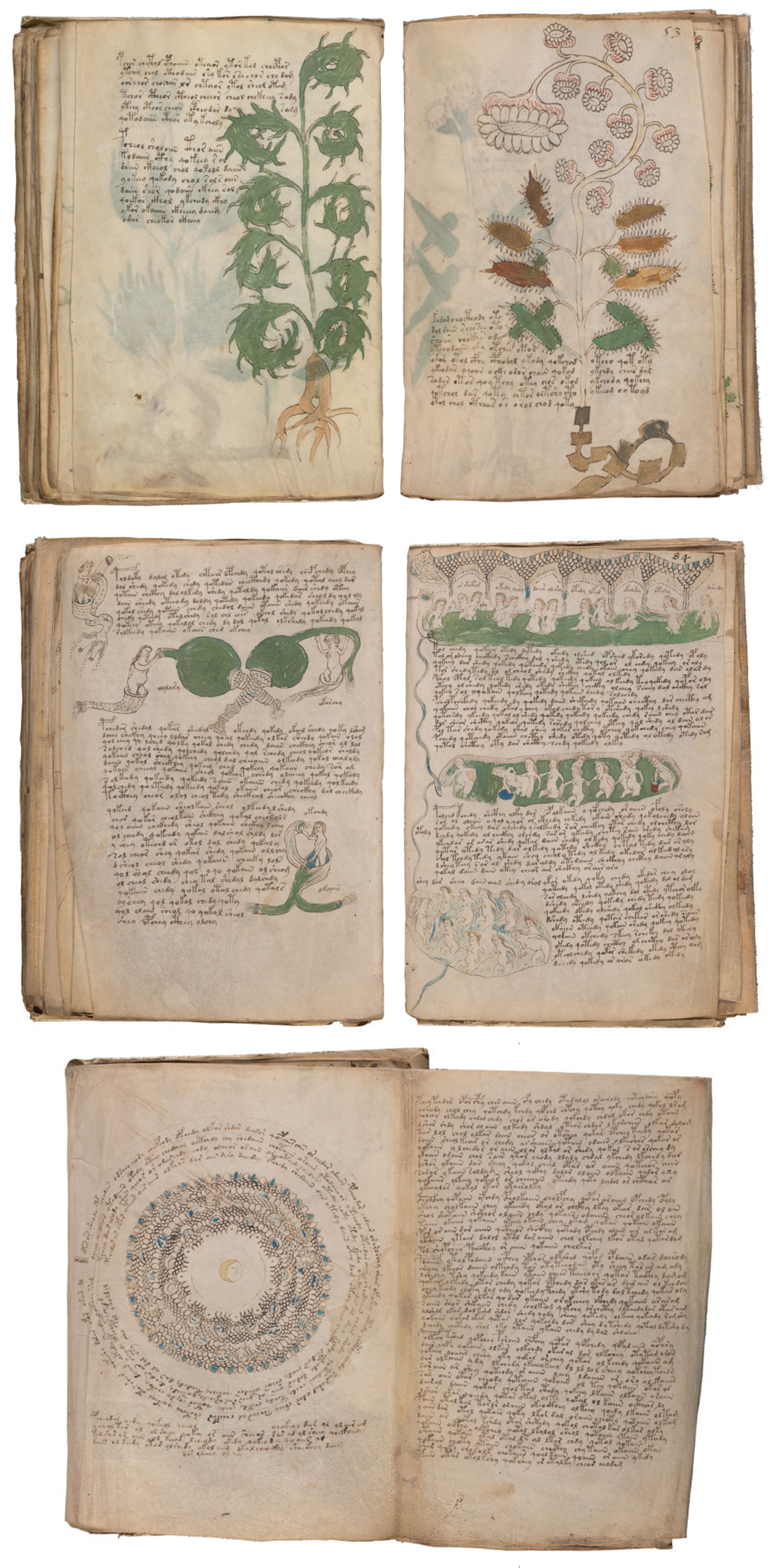
Many of my design clients are editors, authors, curators, or scholars. As a result, I’ve spent a great deal of time resolving the tension between focusing on a project’s content and surveying its form in order to provide a seamless and pleasurable reading experience. My work requires me to review a manuscript to understand the subject and determine which points are important to highlight. Once I’ve begun a layout, however, text becomes one navigation point among many, including art placement, chapter openers, and folios. Typically I reserve cover-to-cover reading of an illustrated book I’m designing until the bound book is delivered.
I first saw the manuscript on the Beinecke Library’s website. We also received a diagram showing how the parchment pages were grouped into quires, groups of four or more pages folded, gathered, sewn, and bound into the original wooden binding nearly 600 years ago. René Zandbergen’s excellent website, The Voynich Manuscript, helped us understand this obscure-looking diagram:
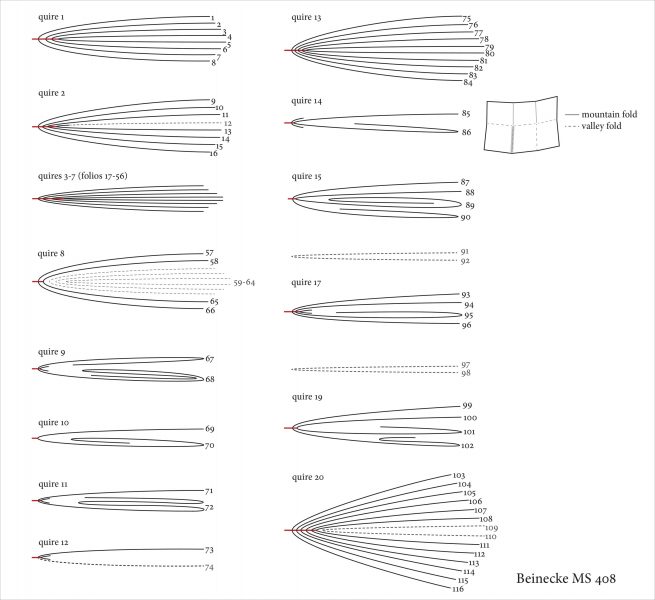
The Voynich Manuscript consists of 20 quires held together in a bookbinding technique typically in use in 15th-century Europe. The quantity and size of the foldouts (quires 9–11, 14, 15, 17, and 19) are unusual for the time. Several leaves, indicated by dashed lines, were removed or lost at some time.]
We really began to understand how the manuscript was structured when we visited New Haven for a showing of the actual object. We watched as a conservator leafed through and described the manuscript’s pages in the Beinecke Library’s climate-controlled, dust-particle free conservation laboratory.
The manuscript is unusual in that it features two sections of very complex four-, six-, eight- and even twelve-page foldouts. Even after we agreed on how to present the facsimile pages in our book, its foldout section, defying all automated binding capabilities, required extensive hand-work to insert the foldouts into the standard text sections prior to binding. In its way, a part of each copy of this book is handmade.
The need to print design boards for client presentations has mostly disappeared now that sending pdfs of design pages and spreads to clients has become so expedient. (Design boards are full-size, color-laser proofs showing the book’s jacket and the text’s design.) However, the Voynich project clearly required a great many intricate, time-consuming comps (working models). I started with quarter-size models, and then increased to 50 percent, and finally full size.
Many members of the enthusiastic audience for this new facsimile publication are already familiar with the entire Voynich Manuscript, so any mistake in sequencing its pages would prove seriously embarrassing. Everyone involved was understandably anxious about accuracy. When photographing each page of the manuscript, the Beinecke Library had worked with two numbering systems. The first assigned a reference number to each page of the manuscript; the second was a sequential record of each page as it was photographed. I chose to work with the latter system. It started (and ended) with the book’s front (and back) covers and endpapers, its spine, and the top, bottom, and fore-edges of the closed book. The first actual “text” page began with image #5.
Additionally, at some point over the centuries, someone decided to inscribe the top right corner of all right-hand pages with sequential folios—even- and odd-numbered—except for some multipage-foldout sections, where the intended right-hand page unfolds on the left (see figure below). These systems—and their confluence—presented something of a navigational hindrance.
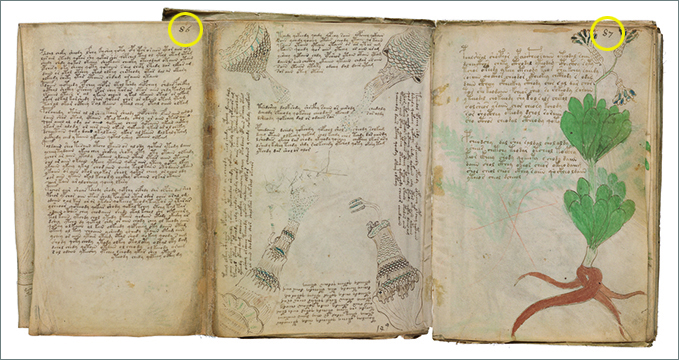
The design and production phases required obsessive sequential checking and rechecking. One final challenge arose from devising effective ways to convey this very quirky material to the prepress and production department of our printer in Hong Kong, which had to consider all these issues and more to create an accurate imposition for the book. I am greatly indebted to Abby Featherstone, my New York-based printer’s rep at Asia Pacific Offset, who oversaw this daunting task.
The publication of this facsimile edition of the Voynich Manuscript will no doubt allow a much wider audience opportunities to study and contribute new insights about what is known and what has yet to be revealed about this enigma.
An illustrated book that is thoughtfully designed and skillfully produced deserves to be appreciated as a beautiful object. I hope that my work will inspire readers, who are otherwise deprived of understanding the content, to recognize and value the manuscript for its beauty and strangeness.
Peter M. Blaiwas, creative director for Wordesign Services, has designed and produced fine illustrated books for publishers and museums for more than twenty years.
Further Reading:
























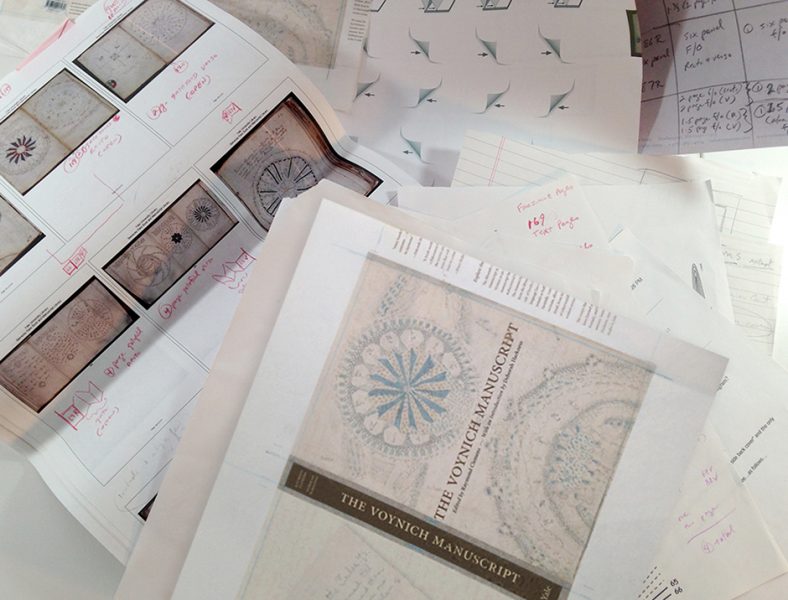
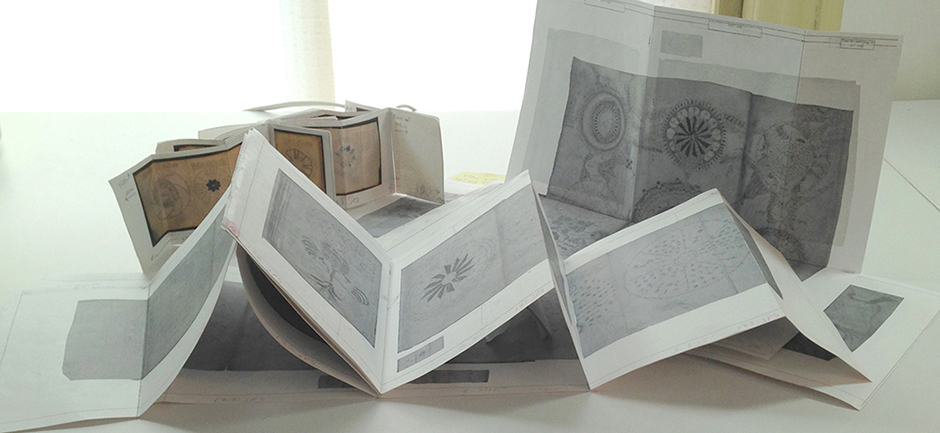
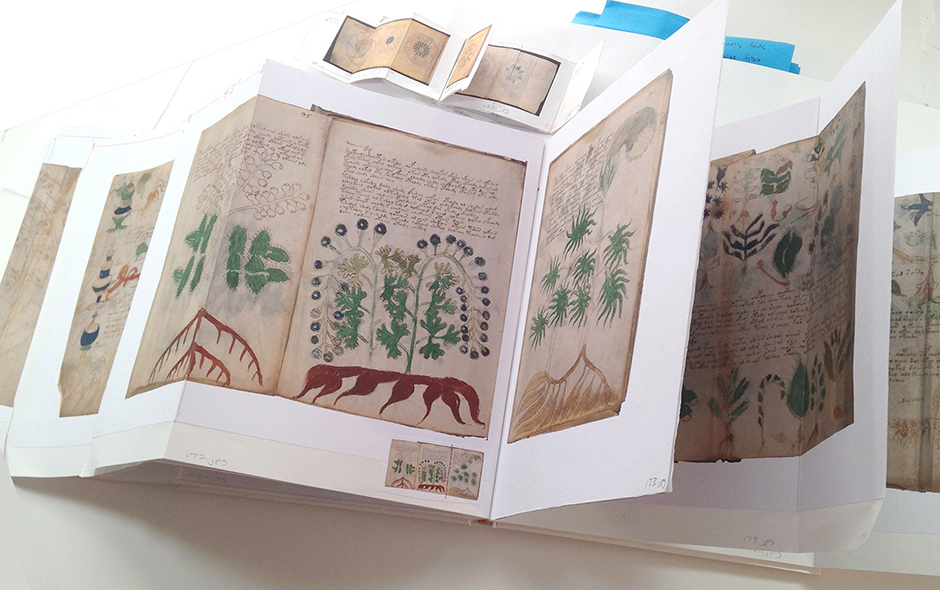
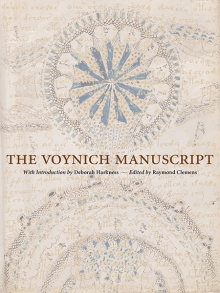
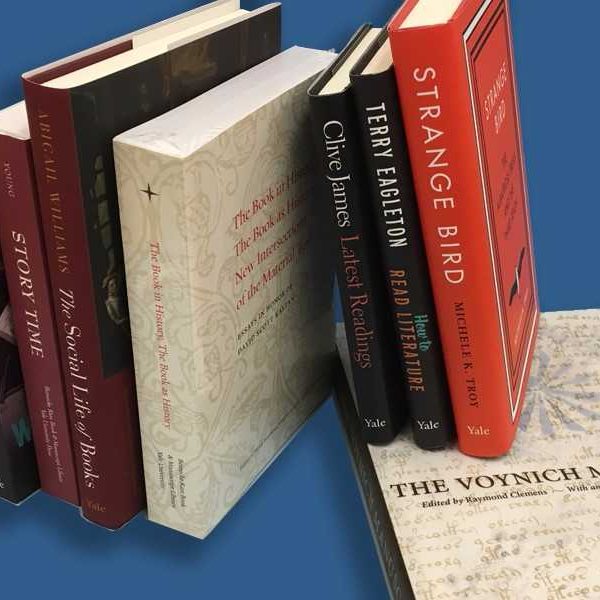
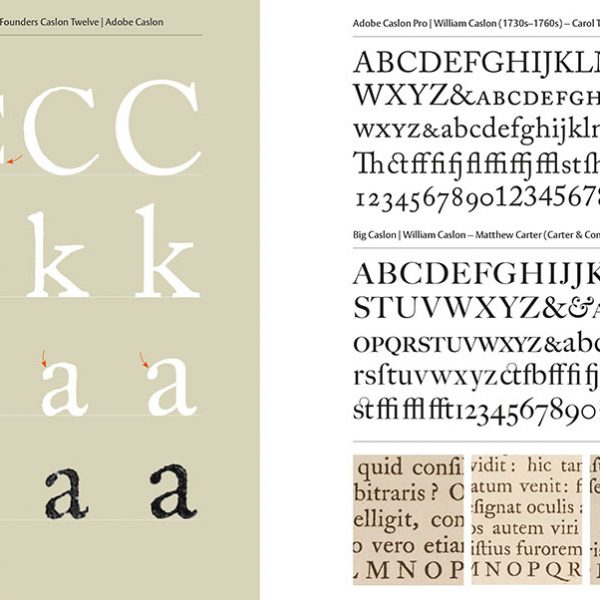
NEW VIDEO!!! VOYNICH LETTERS CONTAINER SYSTEM & STENCILS WORKING
here it is!
https://www.youtube.com/watch?v=yr9HM5Pi3wM
Maybe now you also have understood how Voynich was written…
Now all my video have english subtitles, sottotitoli in italiano, subtítulos en español:
https://www.youtube.com/watch?v=J4E3BgWiqtk
https://www.youtube.com/watch?v=RF8LVn4HVh4
I did my bit, now you have to do your’s
there should be someone who can access Voynich and can take and share a close photo!